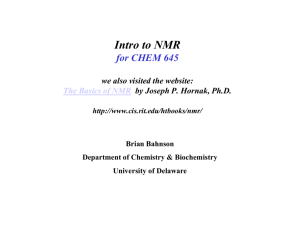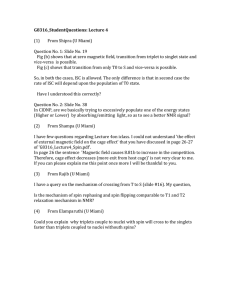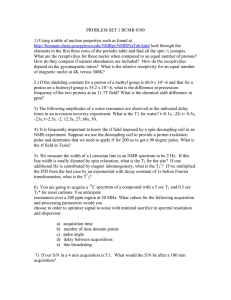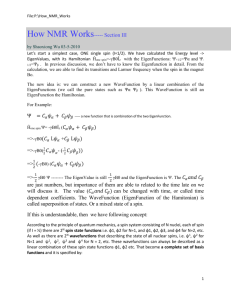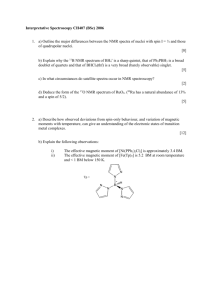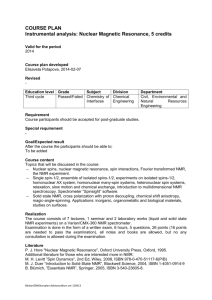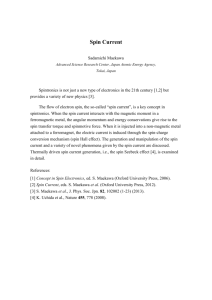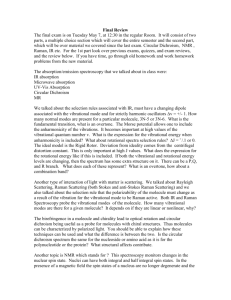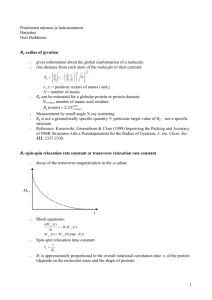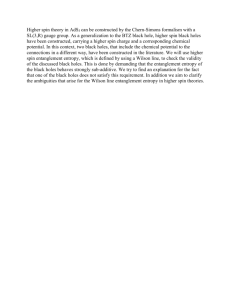NMR Hyperpolarization by the Haupt effect
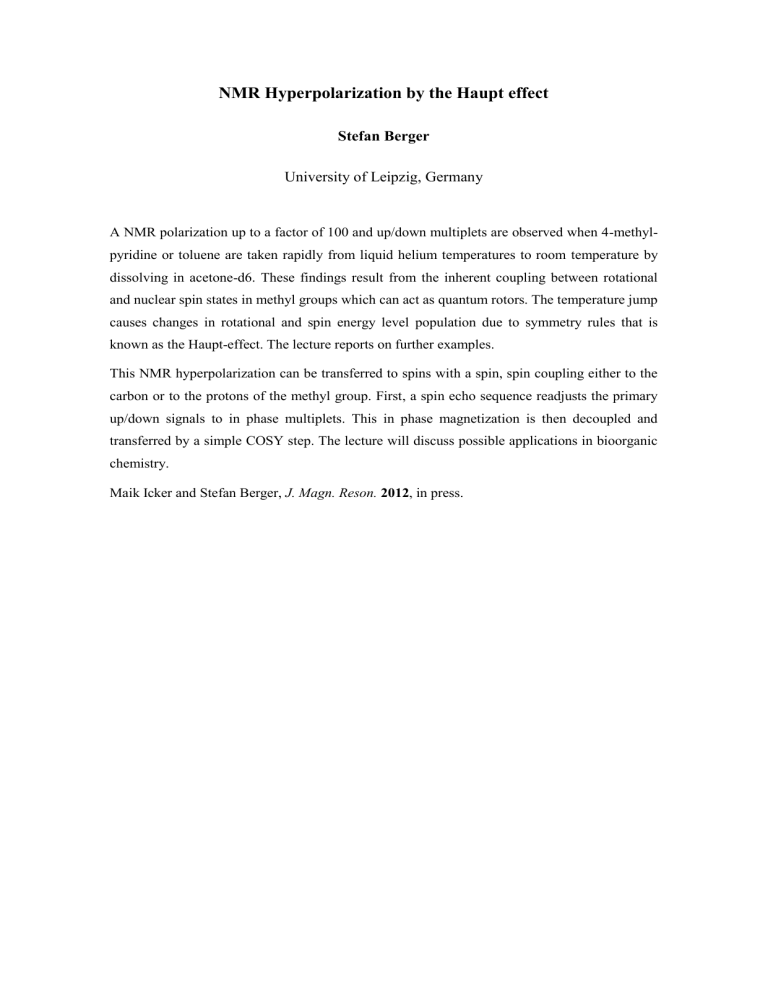
NMR Hyperpolarization by the Haupt effect
Stefan Berger
University of Leipzig, Germany
A NMR polarization up to a factor of 100 and up/down multiplets are observed when 4-methylpyridine or toluene are taken rapidly from liquid helium temperatures to room temperature by dissolving in acetone-d6. These findings result from the inherent coupling between rotational and nuclear spin states in methyl groups which can act as quantum rotors. The temperature jump causes changes in rotational and spin energy level population due to symmetry rules that is known as the Haupt-effect. The lecture reports on further examples.
This NMR hyperpolarization can be transferred to spins with a spin, spin coupling either to the carbon or to the protons of the methyl group. First, a spin echo sequence readjusts the primary up/down signals to in phase multiplets. This in phase magnetization is then decoupled and transferred by a simple COSY step. The lecture will discuss possible applications in bioorganic chemistry.
Maik Icker and Stefan Berger, J. Magn. Reson.
2012 , in press.

